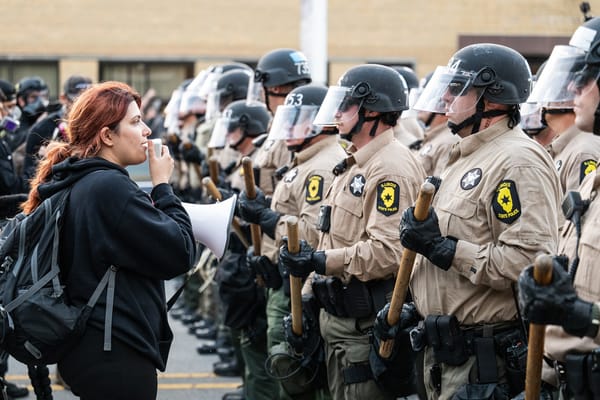Experimental Playgrounds
I was today years old when I learned the original meaning of an "adventure playground":
"The post-war period saw “junk playgrounds” flourish as a kind of reparations for the trauma of war. They gave children the freedom to build, explore, experiment, and role play – and in doing so, inoculate them against fascism. For a while it seemed like they were the future."
This conception of an anarchic (in the best possible way) creative space is in stark contrast to today's very controlled, very sterile spaces for children:
"Proponents of experimental playgrounds believe they can be more than spaces of vertiginous, physical fun. They should be spaces of concentrated creativity, where children can visit their own make-believe worlds. Instead, the modern world has commercialised play and made boring, insurance-friendly playgrounds."
What must this do to childrens' imaginations, and their horizons? How can it create anything other than cautious rule-followers?
Adrian argues that software like Minecraft and Roblox are the natural heirs to these real-world spaces: while we don't seem to be able to foster this level of uninhibited creativity for children in the real world anymore, there are no insurance worries or complaints about unsightly play structures in virtual space. It's not perfect, but it's something.
[Link]


